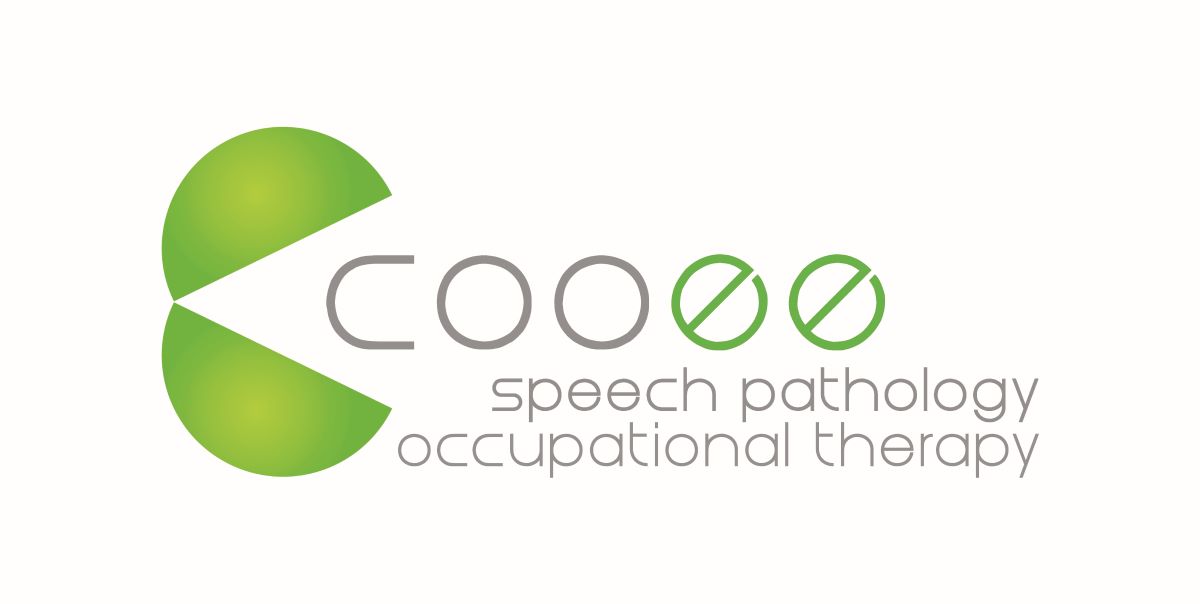AAC and Speech Pathologists
Our North Brisbane Speech Pathologists are talking AAC this October, to celebrate AAC Awareness Month!
A = Augmentative &
A = Alternative
C = Communication

Augmentative and Alternative Communication simply put enables people of all abilities to communicate.
The main goals of AAC is to:
- Support and increase the individual’s ability to participate in all environments with autonomy, choice, and self-determination; and
- Enhance opportunities for community participation and improve quality of life.
Research shows that successful integration and use of AAC systems contributes to personal well-being and quality of life for individuals with complex communication needs.
What is AAC?
Augmentative refers to compensatory strategies used in conjunction with speech. For example gestures, facial expressions and are used when interacting with others. Augmentative is commonly unaided – meaning the person does not need anything additional to their own body to communicate.
Alternative communication strategies, systems and techniques are used when an individual’s communication is significantly impaired, such that they require an alternative to verbal communication. Alternative uses aided communication; object symbols, communication boards, books, key-ring mini-cards, wallets, speech generating device, computer, mobile phone, tablet. Aided communication can be split into low tech and high tech aids.
Low tech aids
These include any type of communication boards, PODD books, aided language stimulation boards, PECs picture systems; any paper based system.
High tech aids
These systems utilise computer components and software. These may be a dedicated speech generating device or an app on a tablet, such as an iPad. These generally provide voice output. These can be symbol or keyboard based, and can be adapted for all physical abilities – can be mounted to a wheelchair and have options for switches for access.
What is Multi-Modal Communication?
Multi-modal communication means offering a range of communication systems and strategies as options to enable the person the greatest degree of choice in using a preferred modality in any given situation. This increases competence and confidence and provides options incase of technology breakdown.
Multimodal communication might include:
speech
low tech AAC
high tech AAC
sign
gesture
and other forms of communication
Who needs AAC?
AAC devices and systems are used for children and adults who have complex communication needs. These can stem from communication problems associated with lifelong, developmental or acquired physical, neurological and/or sensory disorders that impact communication. These conditions result in an inability to functionally use speech to meet their communication needs. Communication partners are also trained and considered the client, so that the individual with complex communication needs is able to functionally communicate within their home, school and social environments. Approximately 1 in 500 people in Australia have a severe communication disability or complex communication needs.
Who can help?
A multi-disciplinary, collaborative team approach, including a Speech Therapist, an Occupational Therapist, Physiotherapists, Psychologists, Teachers, Support Workers, family, communication partners and the individual with complex communication needs; is required for best practice service delivery.
What is the next step?
If you would like more information about AAC for individuals with complex communication needs, keep an eye out for our blogs and social media posts this AAC Awareness month!
Contact the clinic on 3265 4495 or via email at [email protected] if you have any questions or would like to access therapy support.
Information sourced from the Speech Pathology Australia AAC position paper.
